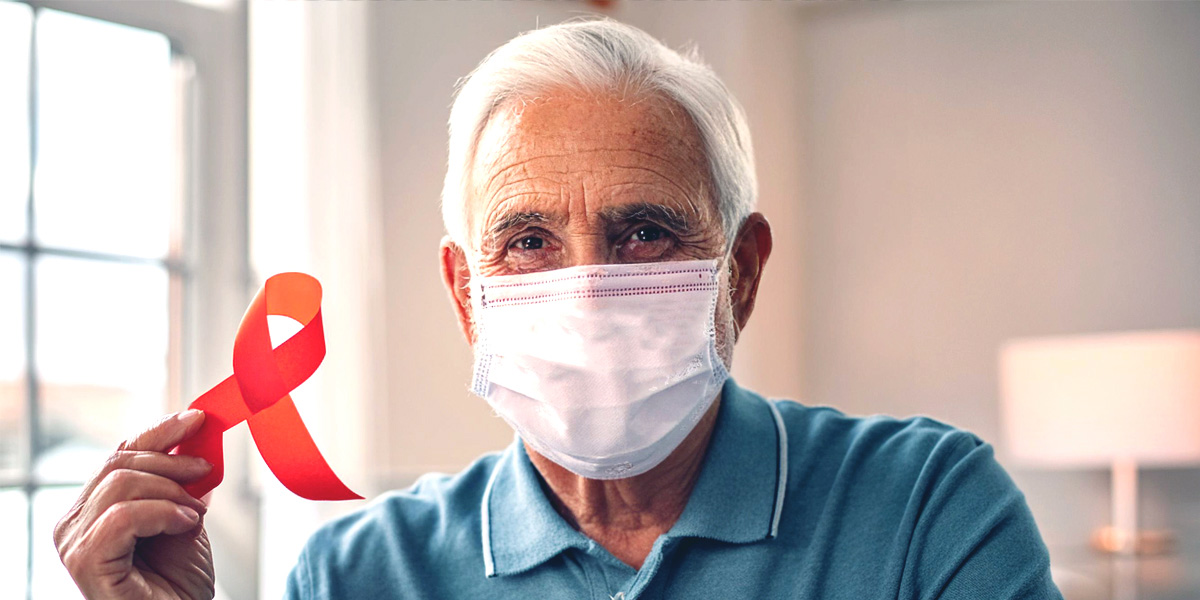As we saw in a previous article, oral and oropharyngeal cancer is one of the 10 most common cancers in the world, and tumours of the oral cavity account for around 4% of all malignant tumours. But what are the main risk factors for the development of this type of pathology, and how can we prevent it?
Firstly, we must understand what risk factors are. A risk factor is considered to be any aspect that increases the probability of developing cancer, so although they influence its development, they are not usually a direct cause of it.
The causes of cancer are very diverse, we can differentiate between factors such as age or gender, which we cannot control, and those associated with our habits and lifestyle, which we can change and adapt to accommodate a preventative lifestyle.
In relation to our habits and lifestyle, the main factors that influence the probability of developing oral and oropharyngeal cancer are tobacco and alcohol consumption. According to the American Cancer Society, around 85% of cases of head and neck cancer are directly related to tobacco consumption, making it the main risk factor.
Smoking increases the probability of cancer in the oral cavity, pharynx, larynx and oesophagus, as well as affecting other conditions such as gingivitis, the destruction of the bone cavity around the teeth and tooth loss.
The second risk factor is alcohol consumption. Epidemiological research indicates that 90% of oral cancer cases are due to the combined consumption of alcohol and tobacco, and that around 70% of patients are heavy alcohol consumers.
Oral hygiene and dental care are also related to cancer, as deficiencies in oral hygiene and dental care increase there is more likelihood of tumour development. It is also important to note that continued irritation caused by ill-fitting dentures can be a risk factor, especially if they are associated with tobacco and alcohol consumption.
Maintaining a healthy and balanced nutrition is also important as a preventive measure. Diets low in fruit and vegetables, as well as vitamin A deficiencies, may contribute to the development of oral cancer.
However, there are other factors that are more difficult to control. Infection with the human papillomavirus (HPV), which has been on the rise in recent years, increases the risk of oropharyngeal cancer.
Age also plays a role. Although the average age of onset of this type of tumour is over 50 years, the figures indicate that in recent years there has been an increase in the number of cases in patients under 40 years of age.
Gender is also a risk factor, as epidemiology indicates that men are more likely than women to develop this type of tumour. Although it has traditionally been a mostly male type of cancer, the increase in smoking among women has meant that the figures have been levelling out.
Despite the wide variety of factors we have seen, for the prevention of oral cancer there is a fundamental element: regular check-ups with a dentist, such as those that we at Lura Care carry out for residents and users of the centres with which we collaborate.
The examinations of the oral cavity by a qualified professional allow for the early detection of these types of changes, which on many occasions appear as small ulcers, lumps and wounds of reddish or whitish tones that are not due to lesions of external origin.
As a general rule, we can consider that when these alterations do not improve within two weeks of their appearance, it is more than advisable to consult our dentist of reference so that he or she can assess the nature of the lesion and help us to guide the appropriate treatment.

